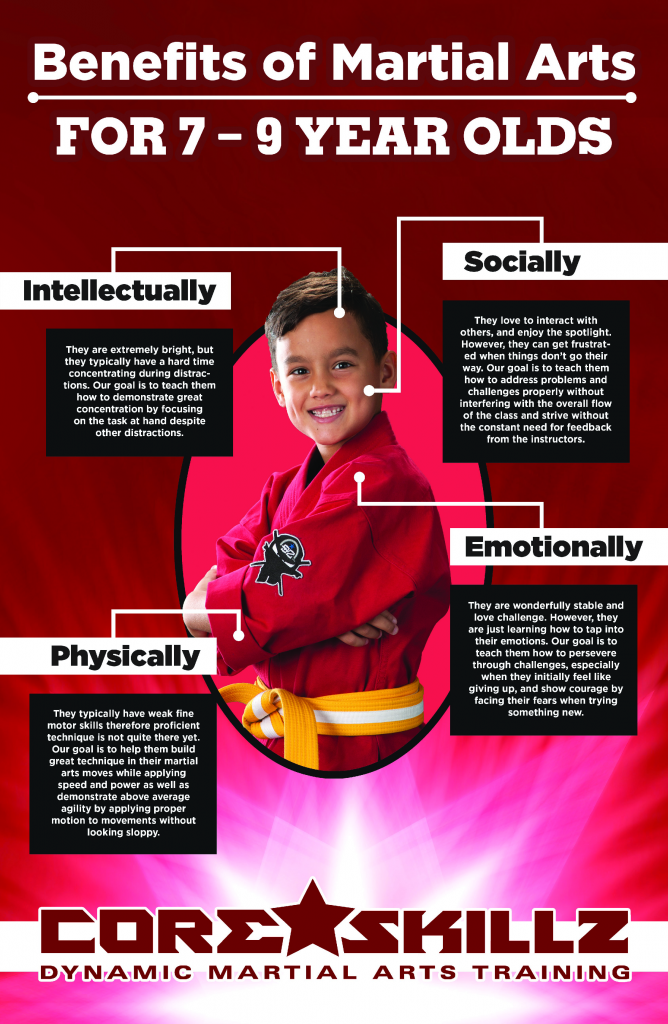Martial arts have an interesting history that covers centuries and continents. You may locate it interesting just how ancient practices like Shuai Jiao and Kalaripayattu laid the groundwork for modern-day battle strategies. These self-controls not only stress physical abilities however also show the societies that birthed them. As you discover their development, consider exactly how globalization has transformed these typical forms right into hybrid styles. What impacts do you think have formed today's martial arts landscape?
Ancient Martial arts: The Structures of Combat
As you delve into the world of ancient martial arts, you'll find the abundant structures that shaped battle methods across societies. Early techniques concentrated on Self-Defense and survival, often integrating strikes, hurting, and weaponry.
In ancient China, for instance, methods like Shuai Jiao emphasized tosses and joint locks, while India's Kalaripayattu showcased dexterity and liquid movement. Japanese samurai created Kenjutsu, a refined swordsmanship that highlighted technique and technique.
These martial arts offered not just for battle yet also as a way of personal development, instilling values like respect and determination. Find Out More mixing of these methods gradually prepared for the varied martial arts you see today, each mirroring the one-of-a-kind approaches and needs of its society.
The Cultural Impact on Martial Arts Advancement
While martial arts often reflect the sensible requirements of a society, they additionally personify the social worths and beliefs of their origins. When you explore various martial arts, you'll see just how they're influenced by religion, philosophy, and social norms.
For instance, the emphasis on regard and technique in Japanese martial arts originates from Zen Buddhism and samurai society. In contrast, Brazilian Jiu-Jitsu advertises flexibility and approach, shaped by the need for performance in a varied, modern atmosphere.
You may locate that the routines, attires, and training approaches reflect a community's background and identity. By understanding these social impacts, you grow your gratitude of martial arts and their function in shaping human experiences across the globe.
Modern Adaptations and the Globalization of Martial arts
Martial arts have transformed considerably in current years, adapting to contemporary culture and worldwide influences. You'll observe that standard kinds have blended with modern strategies, creating hybrid styles like mixed martial arts. These adjustments deal with diverse audiences, making martial arts accessible and enticing globally.
With the surge of social media and electronic platforms, you can find tutorials and competitors from all edges of the world, breaking geographical obstacles. This globalization has caused a common gratitude for various disciplines, from Brazilian Jiu-Jitsu to Taekwondo.
As https://bestagetostartlearningmar00986.ziblogs.com/34516497/immerse-on-your-own-in-the-interesting-globe-of-martial-arts-where-time-honored-practices-meet-modern-methods-uncovering-insights-that-affect-the-existing-landscape-of-battle-culture involve with these arts, you'll understand they're not nearly fight; they promote health and fitness, discipline, and psychological well-being.
Ultimately, modern adjustments have enriched the martial arts landscape, making it a vibrant and advancing technique.
Final thought
In discovering the history and development of martial arts, you reveal a remarkable mix of strategies, societies, and ideologies. From old disciplines like Shuai Jiao and Kalaripayattu to the contemporary adaptability seen in MMA, martial arts show mankind's pursuit for Self-Defense and individual development. As you involve with these methods, you not only gain abilities but likewise a deeper recognition for the diverse traditions that form our world today. So, continue should a kids martial arts defense class demonstrate rape preventiom and accept the art of combat!
